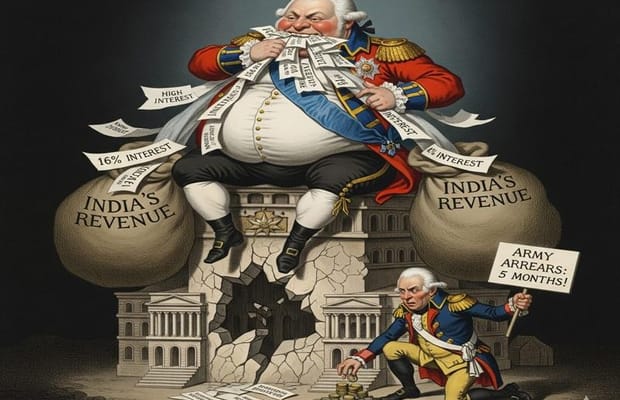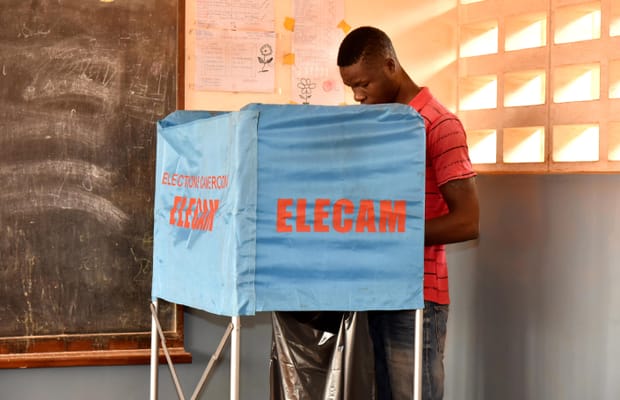


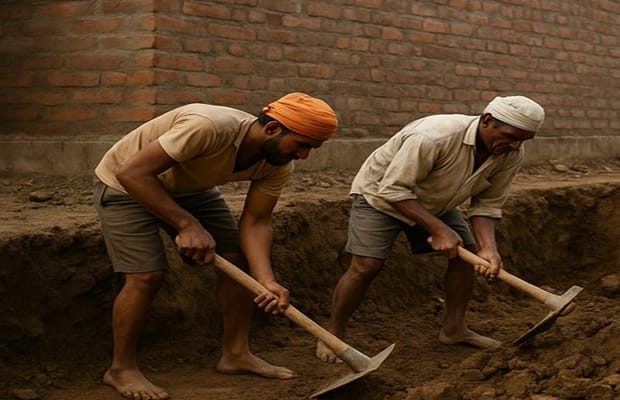


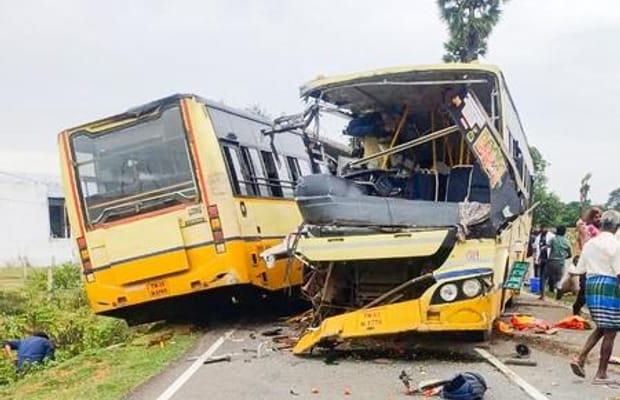



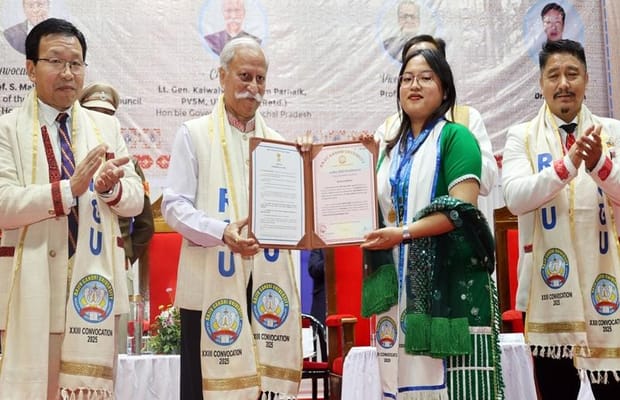








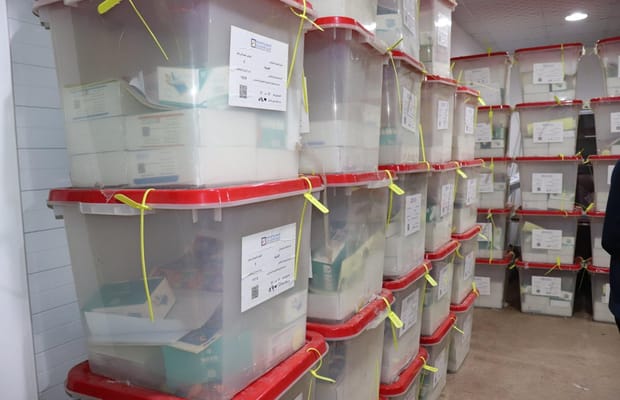















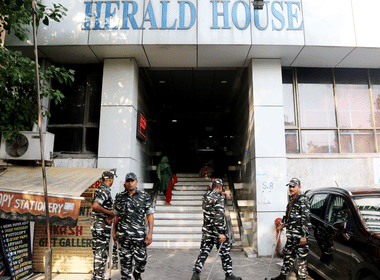
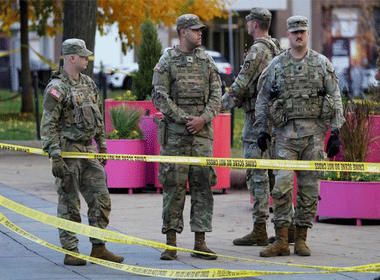

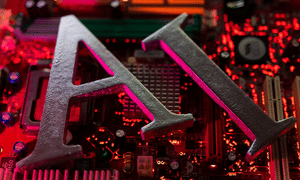


Karnataka Chief Minister Siddaramaiah and Deputy Chief Minister D K Shivakumar met over breakfast on Saturday to clear up what they said was media-driven confusion about the state’s leadership. Both leaders reiterated that they have no disagreements and do not expect any in the future. Siddaramaiah said the meeting was meant to remove misunderstandings and confirmed that the state leadership will continue to follow the Congress high command’s directions. He added that recent reports had created unnecessary speculation.
The meeting, held at Siddaramaiah’s Cauvery residence, was arranged after the Congress high command stepped in amid rumours of a possible leadership change. Speculation had intensified after the government completed 2.5 years in office, with the BJP warning of a no-confidence motion if the alleged power struggle continued.
At the press conference, Shivakumar said the Congress returned to power due to public support and must continue to meet people’s expectations. Rejecting talk of factions, he said both leaders would work together and follow the party high command. He called the meeting “productive” and said they also discussed plans for the 2028 Assembly elections, which the party intends to contest under Rahul Gandhi’s leadership. The Chief Minister’s Office added a lighter detail, noting that the breakfast menu included idli, vada, sambar, chutney, and uppittu.
Disclaimer: This image is taken from X/@siddaramaiah.

The 22nd Marrakech Film Festival opened on Friday with a star-filled screening of Gus Van Sant’s new film Dead Man Wire. The event was attended by Bong Joon Ho, Jenna Ortega, Anya Taylor-Joy, and other international film personalities, according to Variety. Bong, whose Oscar-winning film Parasite earned worldwide praise, is serving as this year’s jury president. He received a standing ovation at the opening ceremony and reflected on his early filmmaking years, saying his passion for cinema remains as strong as ever. He added that the festival, now in its 22nd year, carries a special energy. Bong will also conduct a masterclass during the event.
The opening film, Dead Man Wire, which premiered earlier at the Venice Film Festival, features Bill Skarsgård as Tony Kiritsis, a real-life criminal who kidnapped his mortgage officer in 1977 and led police on a dramatic chase. The movie will release in select theatres on January 9 before expanding worldwide on January 16. Joining Bong on the jury are Ortega, Taylor-Joy, filmmaker Celine Song, Palme d’Or winner Julia Ducournau, Brazilian director Karim Aïnouz, Moroccan filmmaker Hakim Belabbes, and Iranian-American actor-director Payman Maadi, Variety reported.
The ceremony also paid tribute to 85-year-old Egyptian actor Hussein Fahmi, who received enthusiastic applause. After a montage of his notable films, Fahmi greeted the jury members and was celebrated warmly by the audience. Running until December 6, the festival will honour Foster and Guillermo del Toro and screen their latest works. It will also feature talks with Kleber Mendonça Filho, Kramer, Laurence Fishburne, Jafar Panahi, and Andrew Dominik.
Disclaimer: This image is taken from Insta/@marrakechfilmfestival.
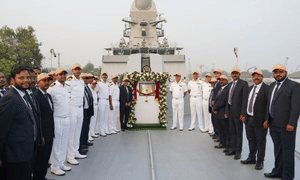
Taragiri (Yard 12653), the fourth Nilgiri-class frigate under Project 17A and the third constructed by Mazagon Dock Shipbuilding Ltd (MDL), was handed over to the Indian Navy in Mumbai on November 28. The Ministry of Defence stated that the Project 17A frigates are advanced, multi-role warships built to meet both present and future maritime challenges.
This new Taragiri carries forward the legacy of the previous INS Taragiri, a Leander-class frigate that served the Navy from May 16, 1980, to June 27, 2013. The modern vessel represents a significant upgrade in design, stealth, firepower, automation, and survivability, embodying India’s push for self-reliance in warship development.
Designed by the Warship Design Bureau (WDB) and supervised by the Warship Overseeing Team (Mumbai), the Project 17A ships reflect a major technological leap in indigenous naval engineering. Built using Integrated Construction principles, the ship was completed within the planned schedule.
Compared to the earlier Project 17 (Shivalik-class), the P17A frigates feature more sophisticated weapons and sensors. They are powered by CODOG propulsion systems combining diesel engines and gas turbines, each driving a Controllable Pitch Propeller, and are supported by a modern Integrated Platform Management System (IPMS). The ship’s powerful combat suite includes BrahMos supersonic cruise missiles, the MFSTAR–MRSAM air defence system, a 76 mm Super Rapid Gun Mount, and multiple close-in weapon systems, along with anti-submarine rockets and torpedoes.
Taragiri is the fourth Project 17A frigate delivered to the Navy in just 11 months. With the experience gained from the first two ships, its construction timeline was reduced to 81 months, compared to 93 months for the lead ship Nilgiri. The remaining three frigates (one at MDL and two at GRSE) are scheduled for delivery by August 2026.
The ship’s completion highlights India’s growing capability in warship design and construction, aligned with the Navy’s continued emphasis on Aatmanirbharta. With 75% indigenous content, the project involved over 200 MSMEs, generating employment for around 4,000 direct and over 10,000 indirect workers.
Disclaimer: This image is taken from PIB.

India is optimistic about finalizing a “framework trade deal” with the United States by the end of this year, aiming to resolve the reciprocal tariff issues affecting Indian exports, Commerce Secretary Rajesh Agrawal said on Friday. He emphasized that the agreement would be “meaningful” for Indian exporters only if it addressed both tariffs introduced in August — the 25% reciprocal tariff and an additional 25% duty tied to India’s imports of Russian oil. “We are close and have managed to resolve most issues,” Agrawal said at the 98th Ficci annual meeting. Agrawal added, “It’s only a matter of time before this decision is made. Multiple levels will need to approve it. There isn’t much left to negotiate; only a few issues require a political decision.”
Earlier this year, in February, Prime Minister Narendra Modi and US President Donald Trump had announced plans to finalize the first phase of a Bilateral Trade Agreement (BTA) by fall 2025, though that timeline now seems uncertain. According to Agrawal, discussions with the US are proceeding on two parallel tracks: the broader BTA, which will take longer, and the framework deal that would address the 50% tariff burden on Indian exporters. “These negotiations are separate but interconnected. The framework trade deal addressing reciprocal tariffs needs to come first,” he noted, adding that India will continue to uphold its core concerns and non-negotiables.
Commerce and Industry Minister Piyush Goyal, speaking at the same event, stressed the importance of reliable trading partners amid a volatile global trade environment. “We’ve seen trade being weaponized and the importance of trusted partners,” he said, noting that India is currently negotiating with around 50 countries and blocs.
Goyal also highlighted renewed interest from the six-nation Gulf Cooperation Council, with negotiations with Oman nearly complete and Bahrain and Qatar engaging actively. India has already finalized a comprehensive trade pact with the UAE and is exploring deals from the Gulf to New Zealand to expand its network of dependable partners.
The minister added that India is in active discussions with both the US and the 27-nation European Union. Agrawal noted that talks with the EU are in their final stages and could conclude by January 2026. Agrawal also mentioned that India-US negotiations have been ongoing virtually and regularly since March, with six rounds completed so far. The most recent informal round took place from 15–17 October in Washington, and further discussions may involve a Washington-based team visiting New Delhi.
Despite high tariffs and no finalized deal, India’s exports to the US have grown by $10 billion this year, driven in part by industry efforts to diversify. Domestically, India’s trade deficit reached a record $41.68 billion in October, largely due to a threefold surge in gold imports and a decline in outbound shipments. However, Agrawal said the deficit is not yet “worrying,” explaining that the rise was primarily due to higher precious metal imports, offset somewhat by lower energy prices.
Disclaimer: This image is taken from Business Standard.
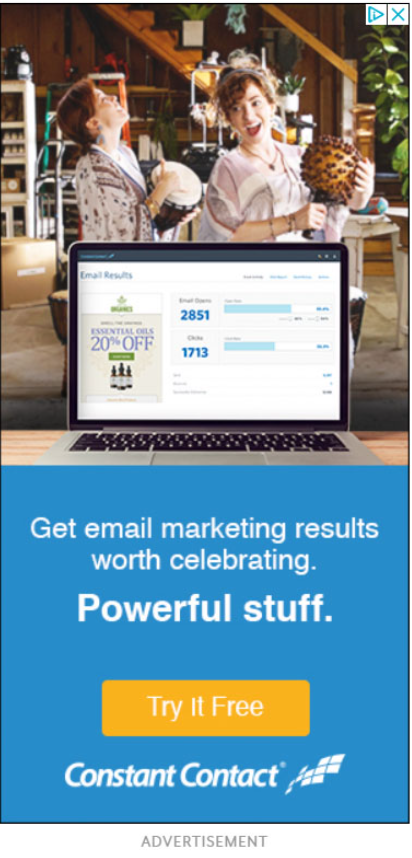
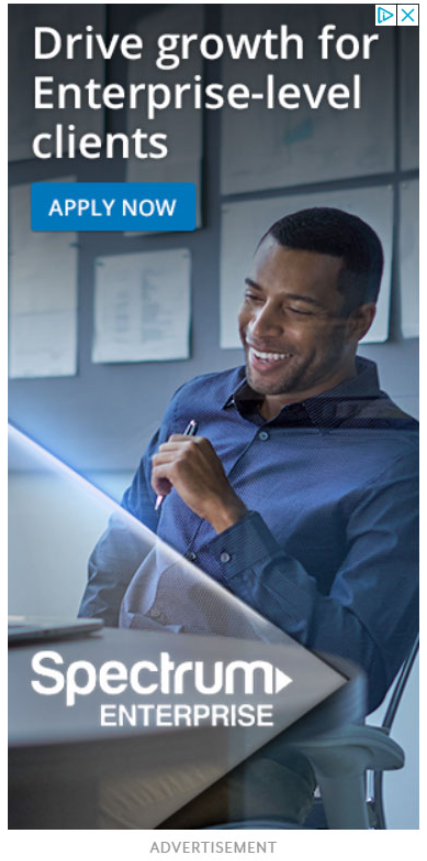

In December 2019, a fishing boat set out from an Alaskan port with an experienced crew, unaware that an icy storm was gathering. The events that followed underscore why deep-sea fishing is considered one of the most dangerous professions in the world. This account is by Rose George, read by Rosalie Craig, and is adapted from Every Last Fish: What Fish Do for Us, and What We Do to Them, published by Granta.
Disclaimer: This podcast is taken from The Guardian.

Erika Kirk, widow of the late right-wing activist Charlie Kirk, has expressed openness to backing JD Vance if he runs for president in 2028. Meanwhile, Katie Miller, wife of White House deputy chief of staff Stephen Miller, hosts senior Republicans on her podcast to engage with conservative women. The Trump administration is also crafting policies aimed at baby boomers to attract female voters ahead of the midterms. Jonathan Freedland discusses this Republican effort to appeal to women with Guardian columnist Arwa Mahdawi.
Disclaimer: This Podcast is taken from The Guardian.

From April's "Liberation Day" to the end of the year, tariff changes have produced distinct winners and losers, along with a long list of countries still under close examination. Some nations hit hardest by the tariffs have managed to mitigate the impact by shifting supply chains and negotiating strategic side agreements. As global trade patterns adjust, new beneficiaries are starting to emerge. The wave of bilateral agreements expected in 2026 could once again alter the global landscape. Andrea Heng and Susan Ng discuss the year's developments with Chris Humphrey, Executive Director of the EU-Asean Business Council.
Disclaimer: This Podcast is taken from CNA.

Just over 50% of voters acknowledge that climate change is real and driven by human activity, according to the latest Guardian Essential poll. Interestingly, a similar proportion held the same view more than 15 years ago. Essential Media’s executive director, Peter Lewis, and political reporter Josh Butler examine the disconnect between climate science and the politics of climate action in Australia. They also discuss why self-aware AI, rather than climate change, is seen as the biggest existential threat, and how strong public backing for gambling reform highlights the gap between Prime Minister Albanese’s current policies and the public’s appetite for change.
Disclaimer: This Podcast is taken from The Guardian.


